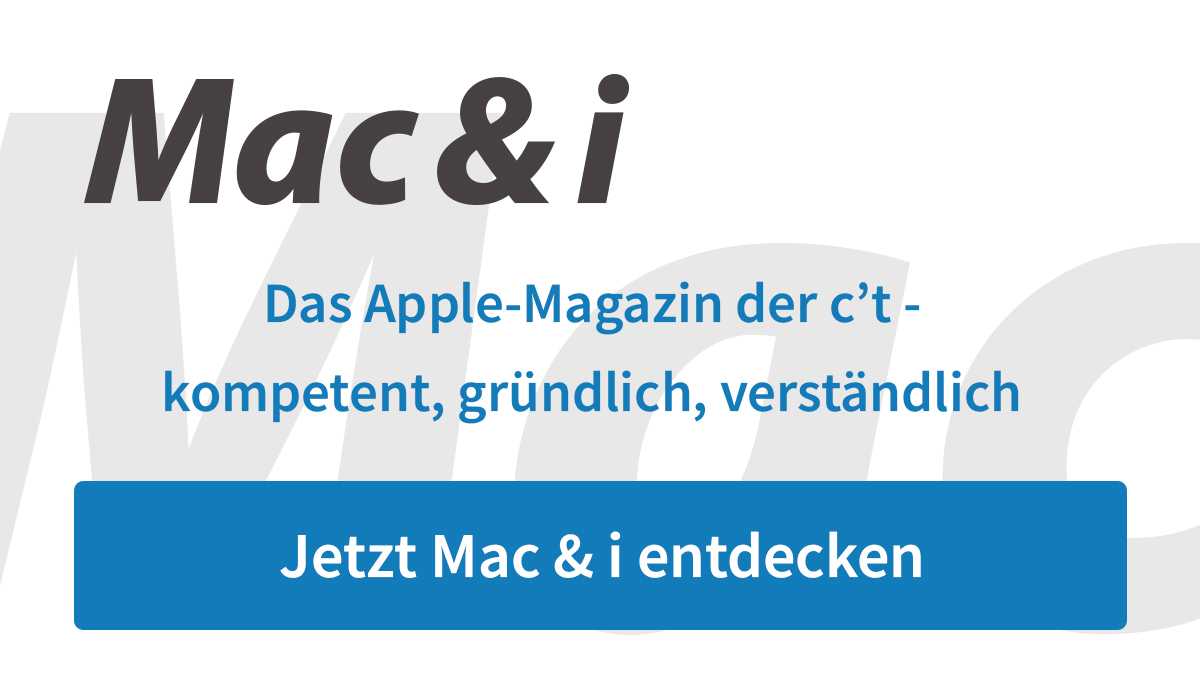Time, notifications, fitness tracking. The basic functions of the Apple Watch sound unspectacular, but you don’t want to be without the Smartwatch in everyday life: For quick actions such as replying to messages or reminding you of the next appointment, you no longer have to bring out the iPhone, weather and many other things remain always in view on the wrist. With Siri you can quickly set timers or be reminded of something.
The watch is always within reach: it serves as a remote control and flashlight, controls media playback, turns AirPods down or up and switches the lighting in the smart home. It unlocks the Mac and – when wearing a mask – also the iPhone. Purchases can be paid for even faster with Apple Pay than with the iPhone. The clock also serves as a practical alarm clock, waking up the wearer with a silent tap without waking your partner out of sleep at the same time.
In the fall of 2021, Apple released the Series 7. From the previous generations, the Apple Watch SE (2020) and the now four-year-old Series 3 are still in the manufacturer’s range. Other models can be found either as remaining stock at other retailers or used on platforms such as eBay.
Sizes, materials, bracelets
All watch models are available in a smaller and a larger version. Over the years, Apple watches have grown larger and larger: up to the Series 3, the side length is 38 mm or 42 mm. From the Series 4 it increases to 40 mm and 44 mm. The Series 7 case recently made the leap to 41mm or 45mm. The smaller Series 7 model from 2021 is almost as big as the large version of the Series 3 from 2017.
The display area has increased by far more than the length of the side: The screen now extends almost all the way to the edge, and the resolution is also getting higher and higher. Accordingly, the user interface and content are given significantly more space, and Apple is showing a small keyboard for the first time on the Series 7.
Let the circumference of your wrist decide which size to choose. You can try on models at Apple and other dealers. The larger version of the watch usually costs around 30 euros more. A bonus of the larger model is a slightly larger battery.
In addition to the two sizes, the buyer can choose between different colors and materials. The version in shiny stainless steel with sapphire crystal on the top looks high quality, Apple charges several hundred euros for this. The entry-level model in a matt aluminum housing with Ion-X glass is not only cheaper, it also weighs noticeably less (for the Series 7 with 45 mm, for example, 38.8 grams versus 51.5 grams). In addition, even more expensive models made of titanium are offered. Series 2, 3 and 5 are also available in a white ceramic case. The very first Apple Watch generation was offered by Apple in real gold for over 10,000 euros.

As different as the exterior is, the technology of each generation of watches is uniform: All versions have the same chip and the same sensors. Apple customizes the watches with different, easily changeable straps. These have been compatible with all Apple Watch generations since 2015, up to and including the current Series 7.
For example, leather and mesh ensure a dignified and modern look. Water-compatible nylon or fluoroelastomer straps are comfortable for sports. Every six months there are new colors and variations. The market for third party bracelets is large. The Apple Watch special editions Hermès and Nike are only differentiated from the standard models with their own bracelets and additional dials.
iPhone-independent with cellular network
Every watch is available as a “cellular” version that connects directly to the cellular network via an LTE modem. This means the owner can make calls and use the data connection for weather forecasting, Siri, iMessage, music streaming, navigation and more, even if there is no iPhone or WiFi nearby. With a cellular modem, the price of the aluminum entry-level model increases by around 100 euros. In the more expensive versions made of stainless steel or titanium, the LTE modem is already integrated.
In order to bring the clock into the cellular network, the integrated eSIM must be activated. There is no free choice: watch and iPhone must be operated with the same phone number. The MultiSIM required for this costs a surcharge of usually 5 euros per month at Telekom and Vodafone, at O2 the costs differ depending on the tariff. In the meantime, 1 & 1 is also a watch partner in Germany, where the surcharge is also 5 euros per month. A fixed-term contract is required in each case; prepaid users are excluded.
Since 2020, cellular watches from Series 4 onwards can be put into operation via the family configuration so that they can then work without an iPhone. This is useful if, for example, grandpa and grandma or the offspring do not have their own iPhone. However, the function is only supported with tariffs from Telekom or the provider Truphone, and there are significant functional restrictions. The stand-alone operation also noticeably reduces the battery life.
The Apple Watch is still not completely independent – with or without a cellular network – it has to be set up using an iPhone. For watchOS 8, iOS 15 is required and therefore at least an iPhone 6s.

